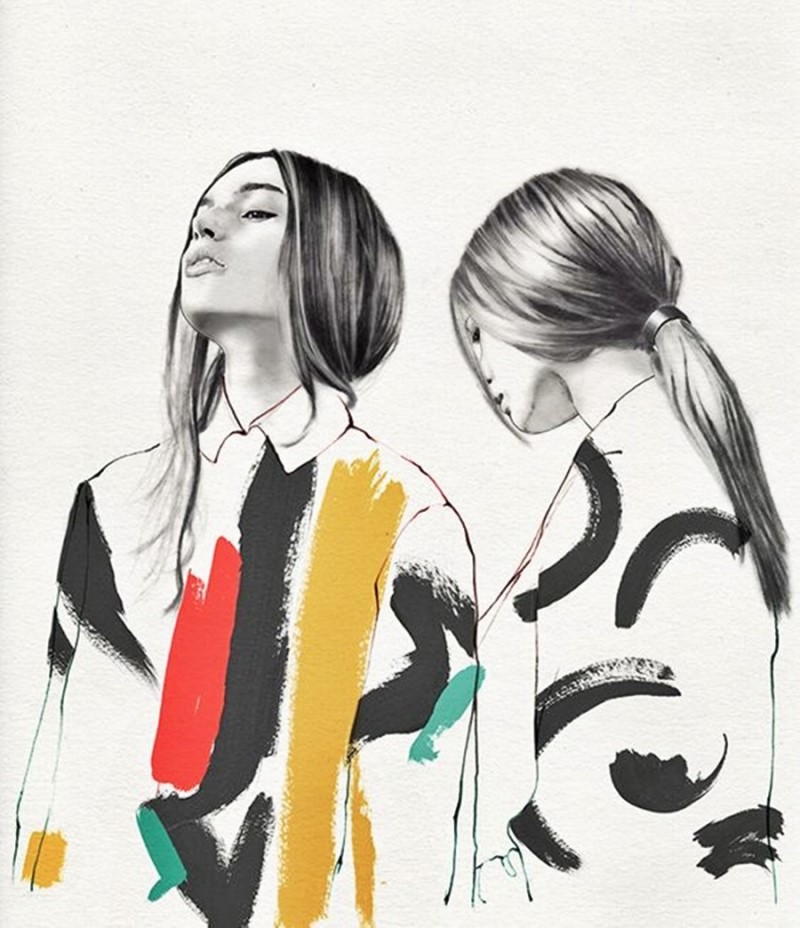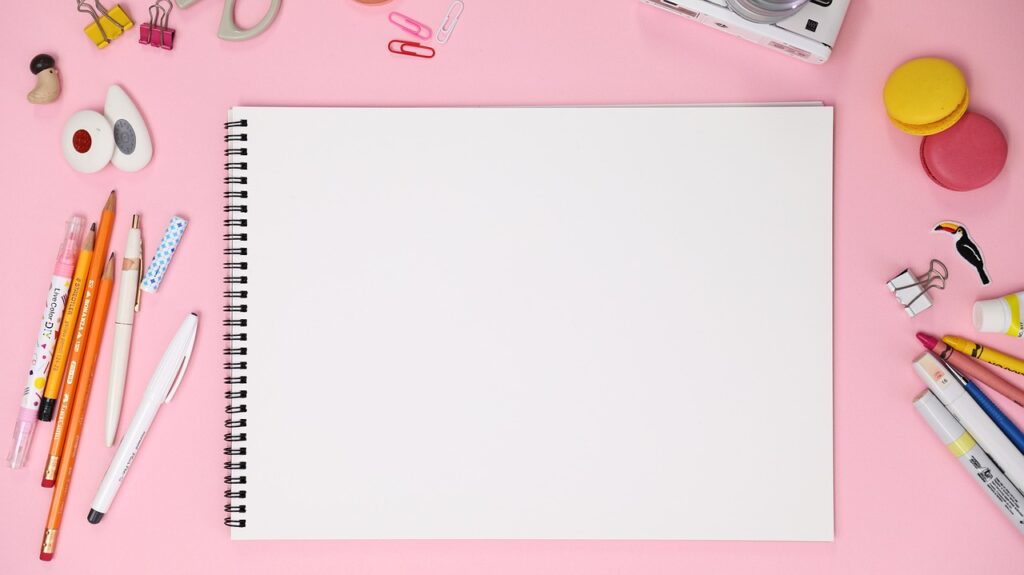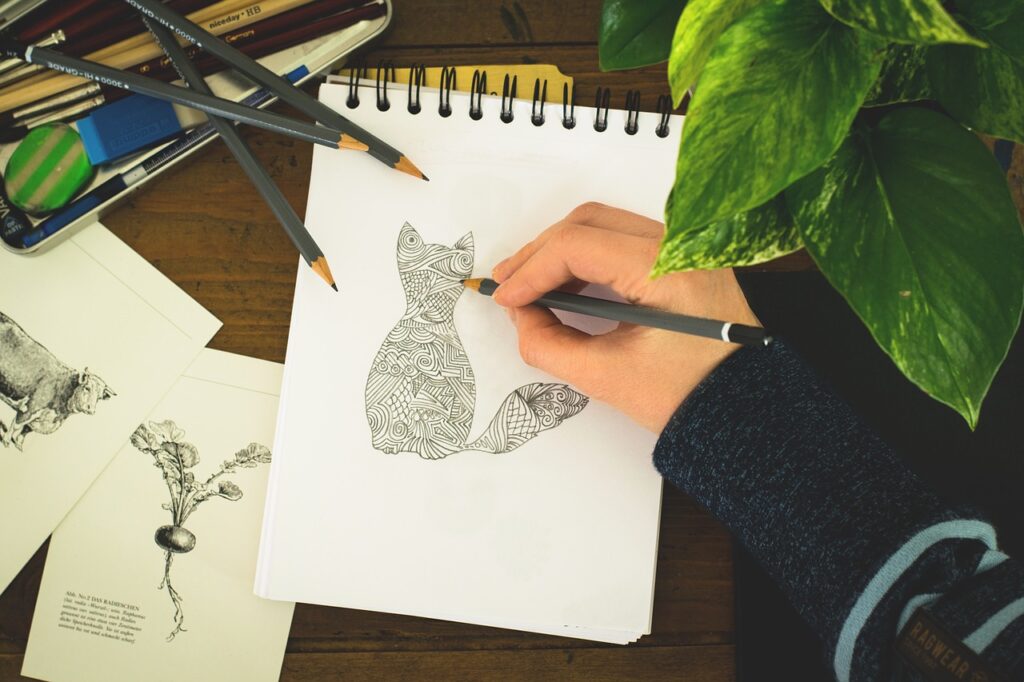Fashion illustration helps you to sketch your creative mind. Presenting a design idea is the basic step in realizing a garment design. The illustrations are the blueprint of a collection’s design that depict how the attire looks and the detailed features too. Making such illustrations is one of the first set of skills that a fashion designer needs to acquire so that his/her ideas are best presented and used as the guide for fashioning the dresses.
Every fashion designing course has a module dedicated to fashion illustration. It is meant to train the drawing skills, enabling the student to effectively illustrate ideas for fashion wear. Many who learn fashion designing take up fashion illustration as their exclusive activity and excel it. World famous fashion Illustrators like Paul Iribe, David Downton, Laura Laine and Anna Halarewicz are examples.
Therefore, No craftsman can put forward the best work without quality tools. In fashion design illustration, tool selection is a matter of choice backed by experience. In other words, The more the features stand out in the illustration, the better.
As shown above, let’s look at 5 of the most important and commonly used tools in fashion illustration, used in any of the fashion desiln classes. The relevance of each tool lies in the details created by them.
The Sketchbook
By and large, The sketchbook is guide and canvas for fashion designing students to draw figures and add attire to it as per the conceived design. A standard sketchbook shall have in almost its first quarter the reference material on details like measures, cuts, fits and couture jargon. In order to the balance portion has templates of body figures to be outlined upon, making it easy to work on the garment design overlay.
Drawing & Sketching Materials
Firstly, The choice of drawing and sketching materials will depend on the fashion design and details of the illustration. Distinct styles of presentation will take form in the students over a period of time. The drawing tools include pencils, colour pencils, fine black pens and markers. Besides, good quality erasers and sharpeners will be needed handy.
Equally important, the pencils are basic and chosen from a variety of darkness standards viz. H, HB, 2B and 4B. These help the artist draw outlines smoothly and effectively. Feature enhancement is a subjective activity that is realized by a combination of different types of pencils. The H pencils works for thinner lines and progressive grades of B are for darker accentuations and smudges. Brands like Faber Castell have a range of very dependable, quality pencils.
Developing a colouring technique will be a consequence of frequent sketching activity. The artist may begin to choose between markers and pencils as the sketching skills advance. Markers can give a smooth ink flow to make sketching more convenient. But students would perfect basic sketching mostly with pencils.
Fine Black Pens
First thing to remember Fine black pens are often used for outline illustrations. F or the same reason it applies for fashion illustration too. The accentuation can be done perfectly with this drawing tool. Its important to realize that fine black pens are used extensively for its waterproof feature.
Watercolours
To conclude, Using watercolor the colours and shades of the garment are portrayed with artistic detailing . The purpose is to give a creative feel beyond the capability of sketch pens. Many fashion illustrations are enriched with watercolour detailing. Using watercolour, students can achieve definition for better presentation of their garment design.
Brushes
After creating an outline, to make up the illustration, artist can choose to work with ink or paint . A variety of brushes and brush-tip pens will be needed for use. Thinner brushes shall cover the smaller areas of the artwork whereas wider brushes can color broader areas of the illustration. The brush edge shapes differ too. Painted illustrations show class and expressiveness.
Putting creations on paper is an important part of fashion and design courses. Once presented on paper, these creations could be scanned and edited in an image editing software to be presented digitally. It is a progression in the stages from the raw idea to the final presentation.
Fashion illustration today is a hot career in itself and artists good at it are in high demand.






